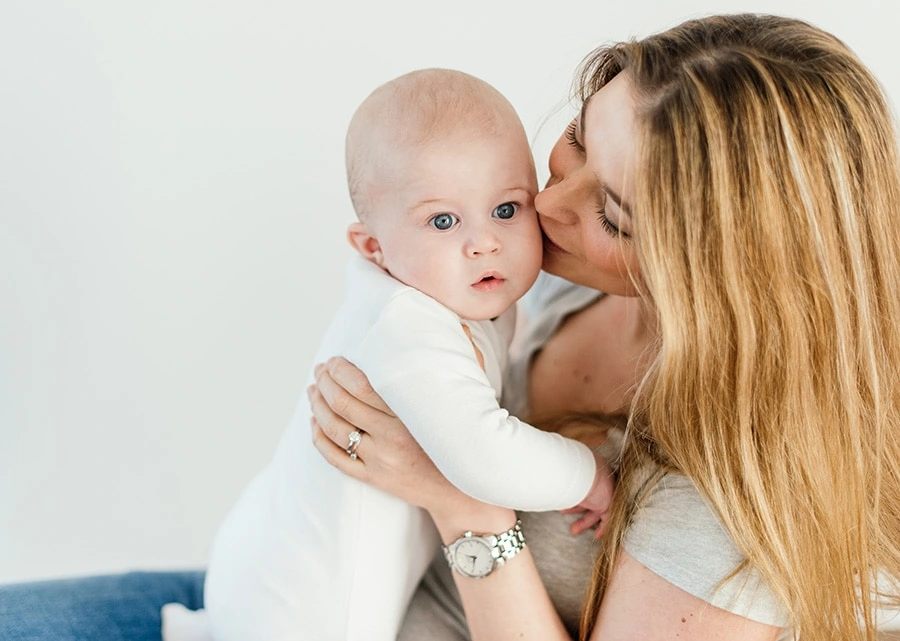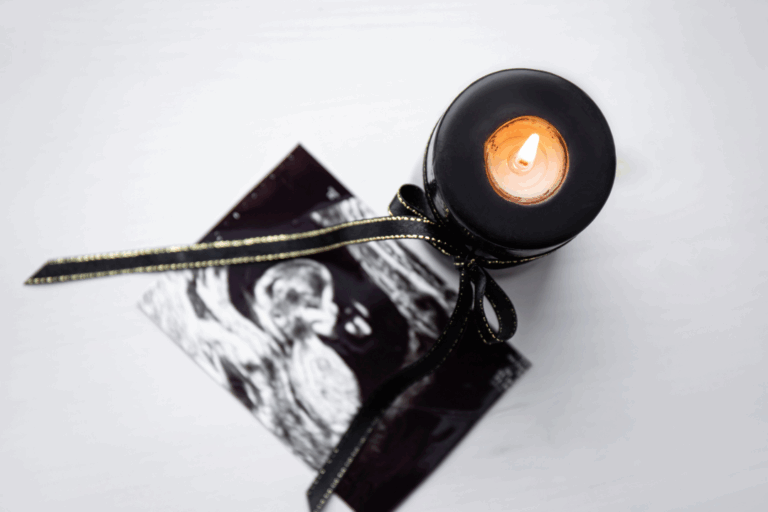Do you know how to read your baby’s cries? Can you predict when she is about to start crying and interpret her gaze? Although every baby is different, babies share a universal language, a set of signals that tell us how our baby is coping with stimulation and when they have had enough or are becoming over stimulated.
A baby has six states – two sleep states (deep sleep and light sleep) and four awake states (drowsy, calm alert, active alert and crying). For each state, your baby has a range of signals that reveal how she is feeling and coping with the world. By reading your baby’s secret language, you will know when to stimulate her, when she has had enough and how to prevent crying as well as be able to set up a reasonable sleep pattern for your baby, based on her capacity for interaction.
Let’s at some of the signals your baby and toddler will show you and how to interpret these signals:
• Approach signals – reflecting his/her eagerness to interact
- Smiling or ‘ooh’ expression
- Open, bright eyes, making eye-contact
- Smooth breathing
- Cooing
- Relaxed limbs with smooth body movements, minimal large movements
- Turning toward sounds
• Warning signals – telling you to back off or help your baby settle
- Hand or hands on his face, or clasped together.
- Finger- or hand-sucking. Your baby does this to calm down and self-soothe. Don’t misinterpret it as hunger, unless it is feed time and he is also ‘rooting’ for a nipple or teat.
- Making fists with his hands.
- Straightening his legs or bracing his body against sides of the crib, or into mom’s neck.
- Shifting to a Drowsy state.
- Assuming the ‘foetal position’.
• Fussing – too late – your baby has lost state regulation and will require a lot of help to settle or a sleep
- Irritability.
- Gaze-aversion or looking away.
- Lack of alertness. Staring into space and looking drowsy.
- Finger-splaying or saluting. He may use this sign when asleep or falling asleep. If you disturb your baby then, his hands will go up with his fingers spread in front of his face saying “Leave me alone”.
- Squirming, appearing to ‘sit on air’.
- Back and neck arching, appearing to ‘push away’.
- Frantic, disorganized, jerky movements, often accompanied by sweaty feet, especially when he becomes over-stimulated by a mobile or other visual stimulation.
- Grimacing, frowning and grunting.
- Yawning, sneezing, hiccups. Your baby may be yawning from tiredness if it is sleep time, or sneezing to clear his nose, or indeed have hiccups after a feed, BUT before immediately assuming this is so, look at the circumstances and timing.
- Colour changes such as paleness, mottling, flushing and a blueish discolouration around the mouth (frequently attributed to winds or gas). Such colour changes can be a nervous system response to fatigue or sensory overload.
- Changes in vital signs such as heart rate and/or respiration, for example panting, with irregular breaths.
- Gagging, spitting-up.




